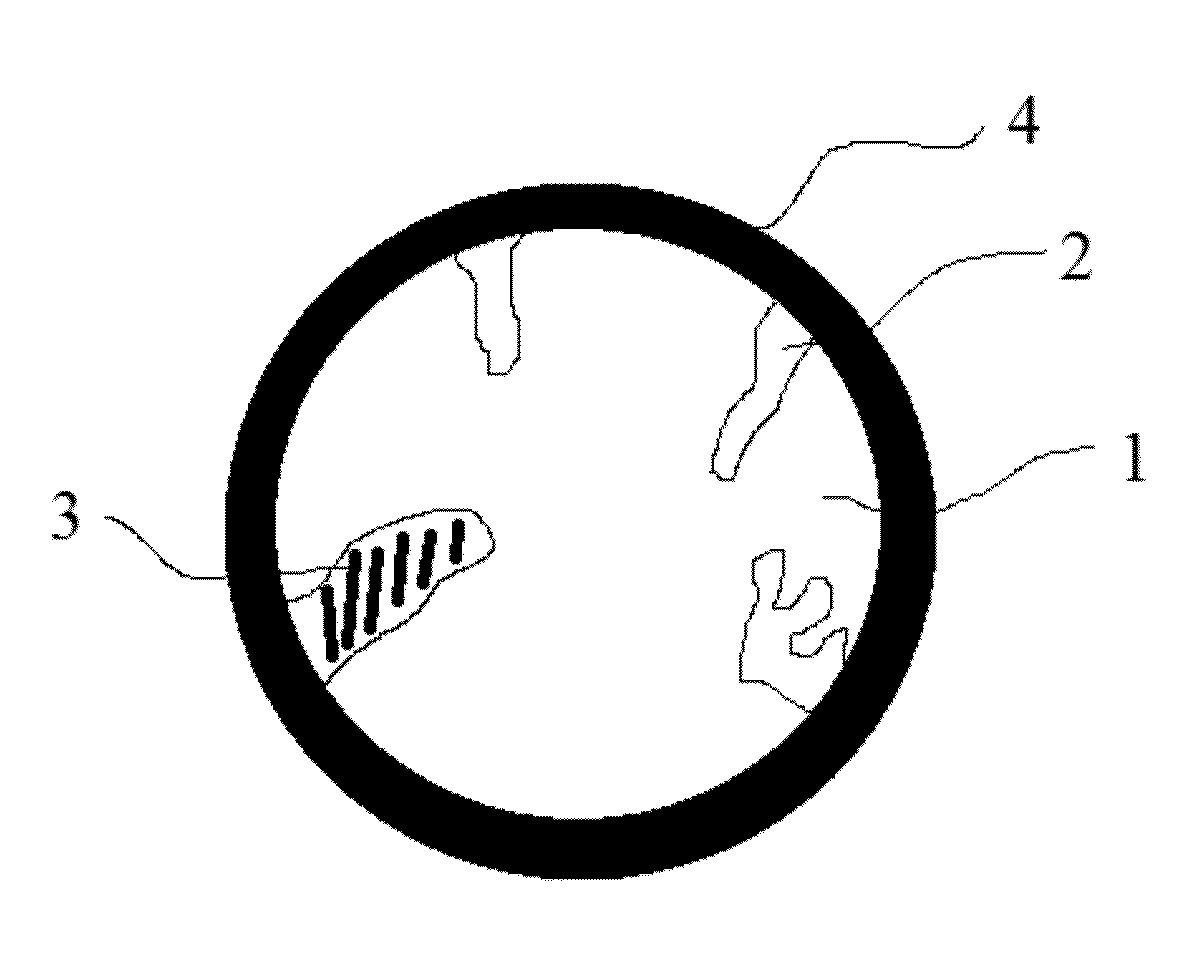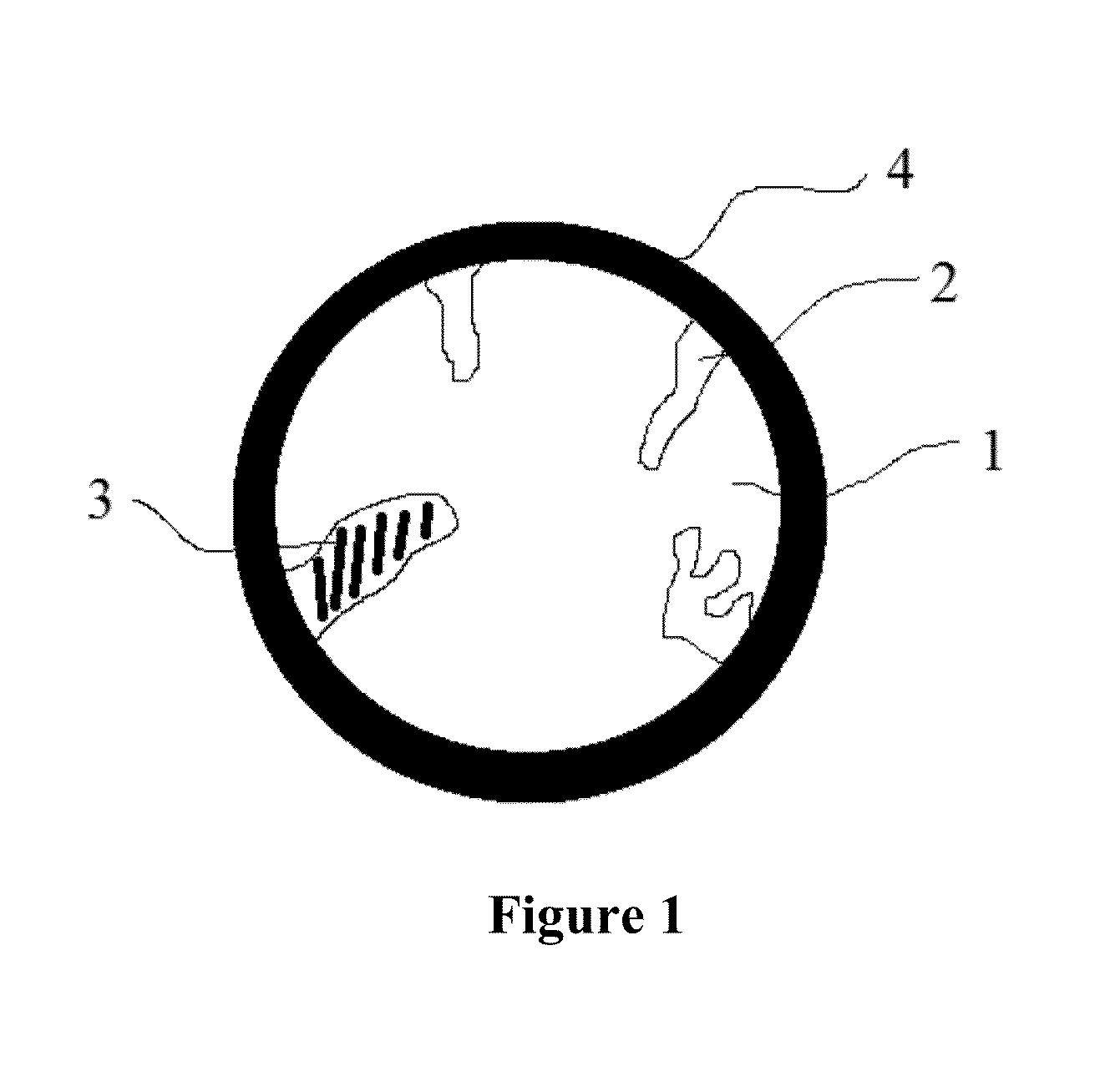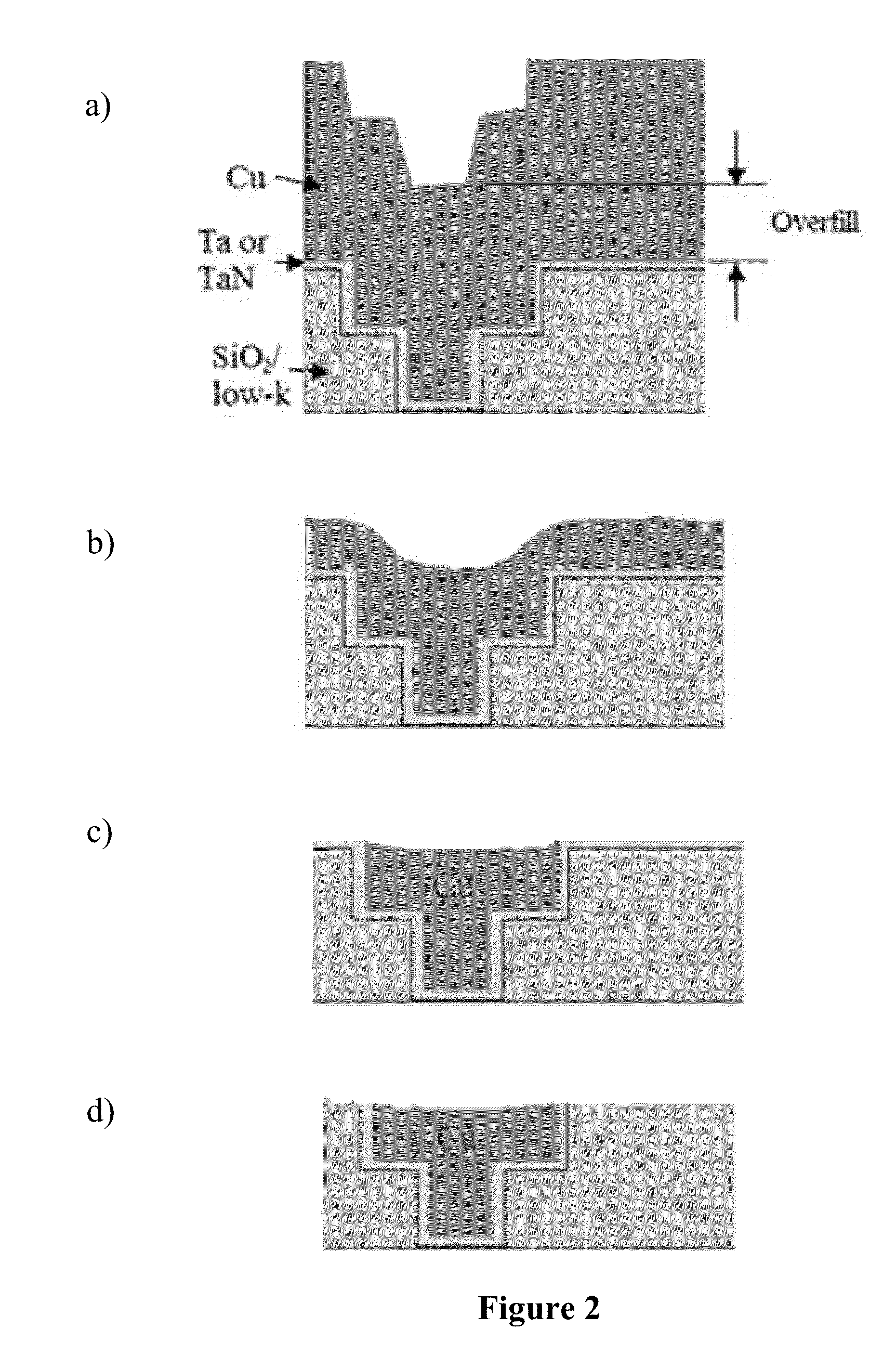Contact release capsule useful for chemical mechanical planarization slurry
a technology of mechanical planarization and contact release, which is applied in the direction of polishing compositions, other chemical processes, aqueous dispersions, etc., can solve the problems of static etching and dissolution (i.e. corrosion) of the wafer surface, which is difficult to control, and no known work has attempted to use the nanoparticle to deliver a localized chemical payload simultaneously with mechanical abrasion to the wafer surfa
- Summary
- Abstract
- Description
- Claims
- Application Information
AI Technical Summary
Benefits of technology
Problems solved by technology
Method used
Image
Examples
examples
Porous Silica Synthesis
[0105]In an embodiment, porous silica nanoparticles are synthesized using a similar method to that described by Choi et al. in Material Research Society Symposium Proceeding, volume 671 (2001), which is hereby incorporated by reference in its entirety. This is a modified Stober method, a precipitation technique based on controlled hydrolysis of a silicon alkoxide in a mixture of ethanol, aqueous ammonia and water. Choi et al. found that the addition of glycerol to the water / ammonia / ethanol mixture produces porous silica nanospheres, where the concentration of the glycerol in the mixture can be adjusted to get the desired porosity. Using this method silica nanoparticles with various porosities (greater than 0.4 cm3 / g) are possible. Table 2 below shows the results of various glycerol concentrations on the silica particle porosity. For each condition the concentration of ammonia, water, and TEOS was fixed at 0.2M, 3.2M, and 0.2M, respectively. Micropore volume wa...
PUM
| Property | Measurement | Unit |
|---|---|---|
| size | aaaaa | aaaaa |
| thickness | aaaaa | aaaaa |
| size | aaaaa | aaaaa |
Abstract
Description
Claims
Application Information
 Login to View More
Login to View More - R&D
- Intellectual Property
- Life Sciences
- Materials
- Tech Scout
- Unparalleled Data Quality
- Higher Quality Content
- 60% Fewer Hallucinations
Browse by: Latest US Patents, China's latest patents, Technical Efficacy Thesaurus, Application Domain, Technology Topic, Popular Technical Reports.
© 2025 PatSnap. All rights reserved.Legal|Privacy policy|Modern Slavery Act Transparency Statement|Sitemap|About US| Contact US: help@patsnap.com



